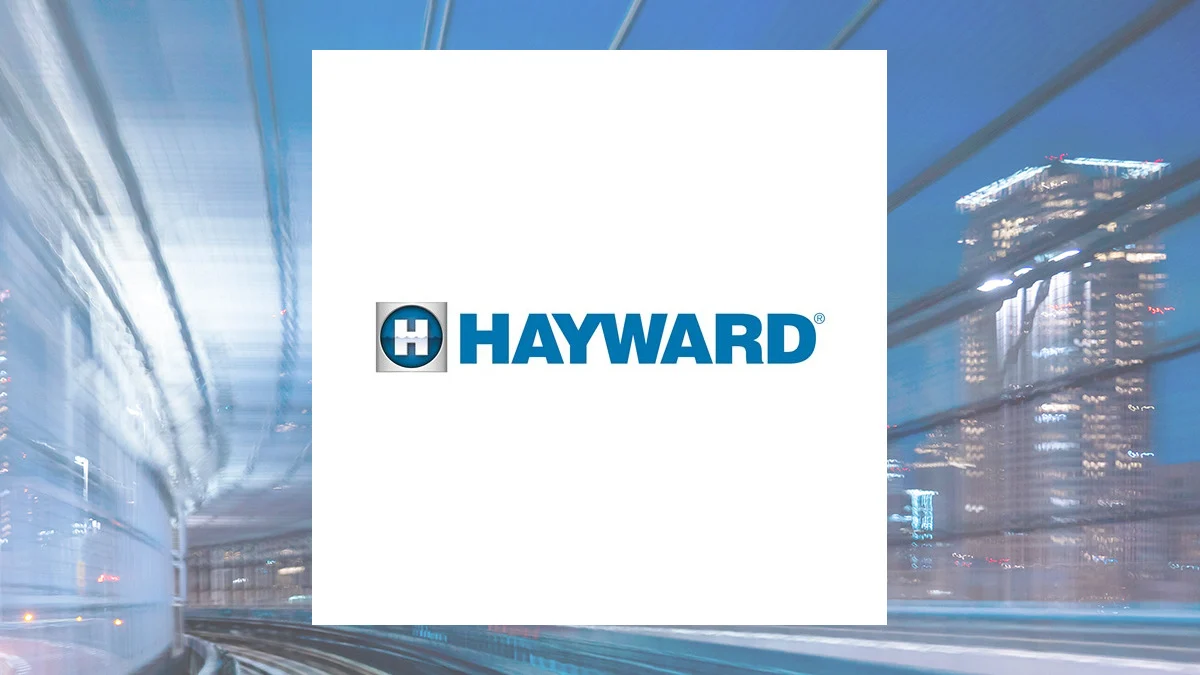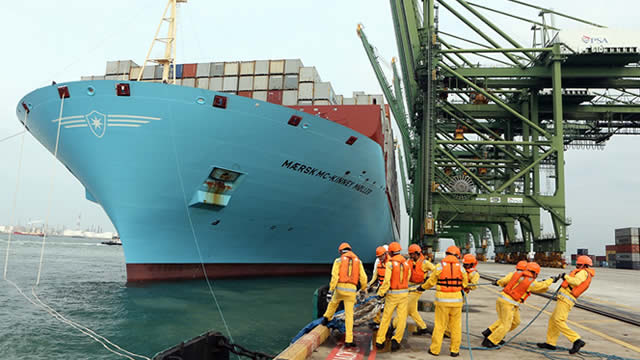
SBLK
Star Bulk Carriers Corp.
$18.26
-0.32
(-1.72%)
| Exchange: | |
| Market Cap: | 2.092B |
| Shares Outstanding: | 135682 |
About The Company
| Sector: | Industrials | |||||
| Industry: | Marine Shipping | |||||
| CEO: | Petros Alexandros Pappas | |||||
| Full Time Employees: | 301 | |||||
| Address: |
|
|||||
| Website: | https://www.starbulk.com |
Star Bulk Carriers Corp., a shipping company, engages in the ocean transportation of dry bulk cargoes worldwide. The company’s vessels transport a range of major bulks, including iron ores, coal, and grains, as well as minor bulks, such as bauxite, fertilizers, and steel products. As of December 31, 2021, it had a fleet of 128 vessels with an aggregate capacity of approximately 14.1 million deadweight tons, including 17 Newcastlemax, 24 Capesize, 7 Post Panamax, 41 Kamsarmax, 2 Panamax, 20 Ultramax, and 17 Supramax vessels. The company also provides vessel management services. Star Bulk Carriers Corp. was incorporated in 2006 and is based in Marousi, Greece.
Click to read more…
Revenue Segmentation
EPS
Earnings Call
Income Statement
(* All numbers are in thousands)
Balance Sheet
(* All numbers are in thousands)
Cash Flow Statement
(* All numbers are in thousands)
Analyst Estimates
(* All numbers are in thousands)






